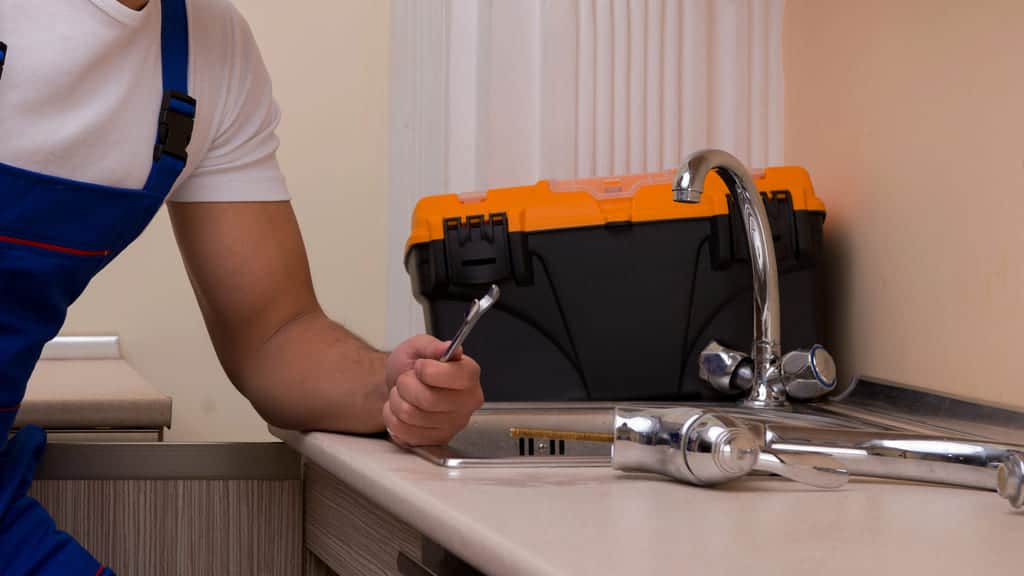How To Install Faucets At Your Residential Building In Mira Mesa?

Faucets are essential components of our homes, responsible for delivering clean water for our daily needs. Upgrading or installing a new faucet can provide aesthetic appeal, better functionality, and even save water if you’re moving to an efficient model. This guide offers a step-by-step process for installing faucets in your residential building.
-
Choose The Right Faucet
Before you can start with the installation, you’ll need to decide on the type of faucet that fits your sink, tub, or basin. Measure the number of mounting holes and their spacing on your sink to ensure compatibility. Faucets come in various designs, so choose one that complements your bathroom or kitchen’s style.
-
Gather Necessary Tools
For a smooth installation, ensure you have the following tools:
- Adjustable wrench
- Plumber’s tape
- Plumber’s putty
- Bucket or bowl
- Screwdriver
- Towel or rag
-
Turn Off the Water Supply
Locate the water shut-off valves beneath your sink. Turn them clockwise to shut off the water supply to the faucet. Open the faucet to relieve any residual pressure and drain the remaining water.
-
Remove The Old Faucet
Place a bucket or bowl underneath the sink to catch any dripping water. Using your adjustable wrench, disconnect the water supply lines from the faucet. Once detached, unscrew any mounting nuts or hardware holding the faucet in place. Carefully lift and remove the old faucet from the sink.
-
Clean The Installation Area
Wipe away any grime, deposits, or old plumber’s putty from the mounting surface. This will ensure a clean seal for the new faucet.
-
Install the New Faucet
Position the new faucet in the mounting holes. Ensure any rubber or plastic gaskets provided by the manufacturer are placed between the faucet and the sink’s surface. From underneath the sink, screw on any mounting nuts or hardware to secure the faucet in place. Avoid over-tightening, which can damage your sink or the new faucet. Connect the water supply lines to the faucet. Ensure cold water connects to the cold side and hot to the hot side. Use plumber’s tape on the threads for a watertight connection. For faucets with a pop-up drain, connect the pop-up lever to the drain rod.
-
Test Your Installation
Once everything is connected, slowly turn on the water supply valves. Check for any leaks at the connections. Turn on the faucet and let the water run for a minute. Ensure that there are no drips from the faucet itself.
FAQs
Do I Need To Hire A Plumber To Install A Faucet?
While hiring a plumber can ensure a professional installation, many homeowners find faucet replacement to be a manageable DIY project. If you’re comfortable using tools and following instructions, you can likely handle the task yourself.
How Often Should I Replace My Faucet?
Faucets don’t have a set lifespan, but signs that you might need a new one include persistent dripping, rust, outdated design, or reduced water flow. Regular maintenance can extend your faucet’s life, but if you face frequent issues, it might be time for a replacement.
Can I Install A Faucet With More Mounting Holes Than My Sink Has?
You can install a faucet with fewer mounting holes than your sink has by using escutcheon plates or deck plates to cover the extra holes. However, a faucet that requires more holes than the sink has will not be compatible unless you drill additional holes, which can be complex and risk damage.
Installing a faucet in your residential building can be a satisfying DIY project that refreshes the look and function of your space. By choosing the right faucet, gathering essential tools, and following the outlined steps, you can ensure a successful installation. Remember, while the process can be straightforward, if you ever feel unsure, consulting or hiring a professional plumber is always an option.
Conclusion
Contact us today at (858) 567-0544, and Courtesy Plumbing will get you!


Leave a Reply
You must be logged in to post a comment.